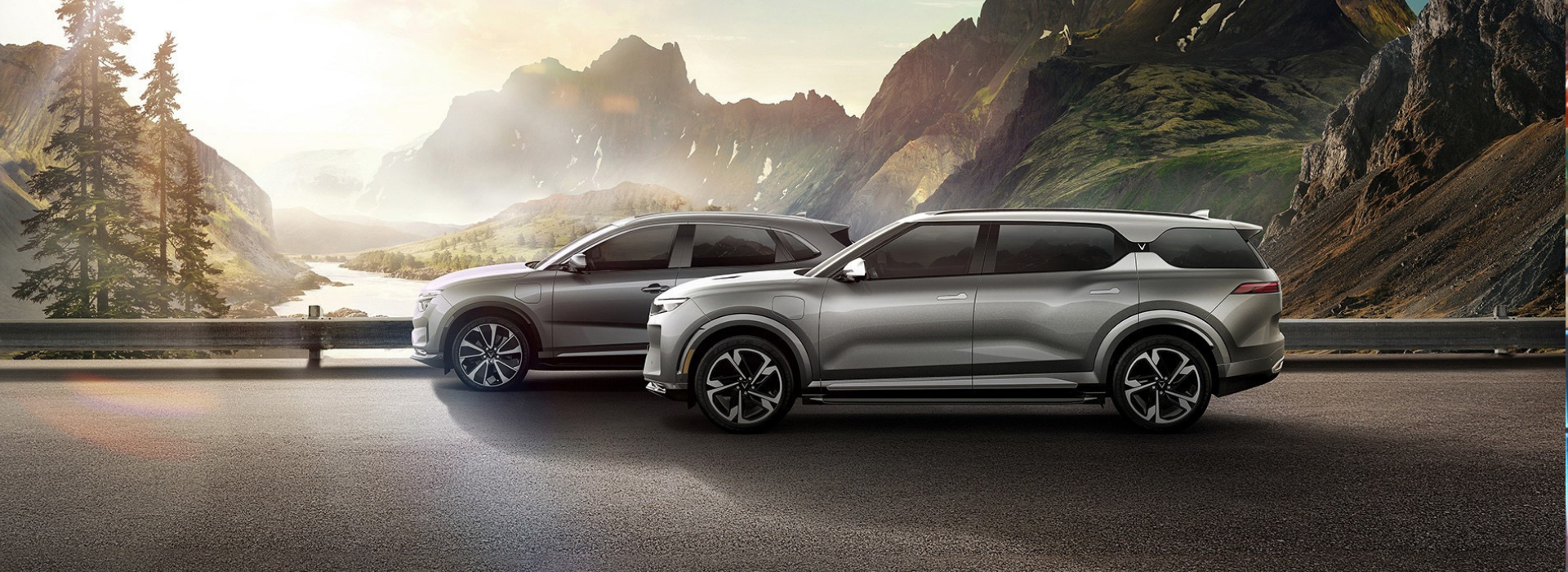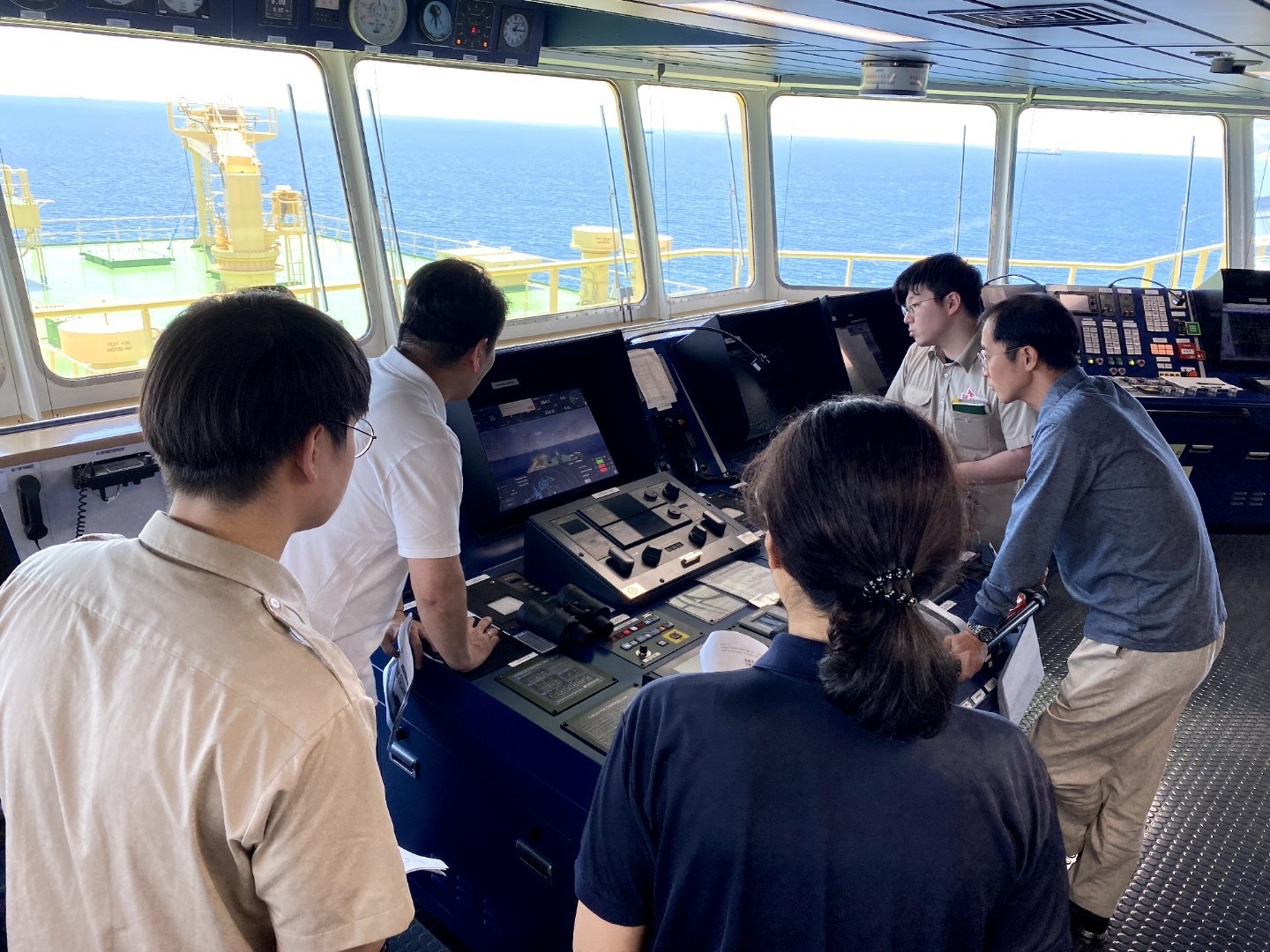Can VinFast take on Tesla … and every other EV automaker?
June 16, 2022 | By Anthony Venutolo
VinFast. Get used to the name because it’s the moniker of the Vietnamese auto company poised to take on not only Elon Musk and Tesla but every other automaker with a green leaf logo and sleek center stack tablet.
Forbes reported in May that VinFast CEO and Vietnam’s richest man Pham Nhat Vuong plans to have two new all-electric cars available in the U.S. by the end of the year — and he’s going to build them at a $6.5 billion manufacturing complex in North Carolina.
VinFast, a producer of premium automobiles, was founded in 2017 as a wholly-owned subsidiary of the Vietnamese conglomerate Vingroup. At a time when the auto industry is experiencing unprecedented technological advances, some critics think that this new kid on the block may not be ready for the fast lane in the U.S. After all, many have tried and failed. Remember Peugeot? Didn't think so. What about the Yugo, considered to be the worst car ever made (and mocked in "Die Hard with a Vengeance")? So It takes real chutzpah for an automaker to not only arrive on our shores, but succeed.
Even with VinFast opening its U.S. headquarters in Los Angeles last year and debuting its stunning VF8 and the VF9 EVs at the 2021 Los Angeles Auto Show, low name recognition among enthusiasts means getting customers on the board may be challenging. The two-row VF8 SUV will start at $40,700 while the three-row VF9 jumps to $55,500.
Vuong was the first to admit in the June print edition of Car and Driver magazine that selling a vehicle in an untested market is challenging. “We need to convince them that we have a better offering with style, design, technology and smart services.”
He says the goal is achievable, and if it doesn’t happen in five years, it certainly can in 10. Don’t think so? A decade ago, spotting a flying unicorn on the open highway may have been easier than a Tesla. What a difference a decade makes.
AI takes the wheel at sea
On June 2, the 134,000-ton commercial tanker Prism Courage, arrived at a South Korean port after a month-long voyage. What made this particular journey significant? It was largely under the control of an artificial intelligence system known as HiNAS 2.0, reports The Drive.

Using Avikus'a AI-powered HiNAS 2.0 system, the Prism Courage was the first large merchant ship to make an autonomous navigation across the ocean. (Photo credit: Hyundai Heavy Industries Group)
The AI was built by automaker Hyundai subsidiary Avikus, who previously succeeded in conducting the first fully autonomous operation of a 12-seater cruise ship in Korea.
Think of the HiNAS system as autopilot on steroids since it does so much more than keep the ship centered in its lane. The AI system also analyzes data to determine the best routes and speeds. It makes considerations for different wave heights and weather patterns and avoids approaching other ships too closely.
Autonomous navigation is especially critical in maritime mobility because it solves for workforce shortages at a time where almost every industry has been affected by staffing problems.
In addition, autonomous transportation can also improve safety by not only eliminating the possibility of human error while navigating but sipping fuel more efficiency. The result? Reducing greenhouse gas emissions by about 5%.
Banner photo credit: VinFast